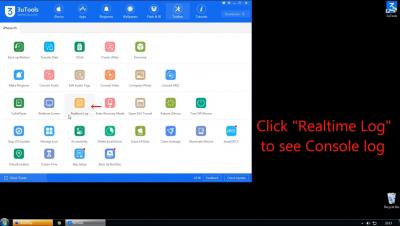Systems | Development | Analytics | API | Testing
%term
Best 14 CI/CD Tools You Must Know | Updated for 2019
“Quality at Speed” is the new norm in software development. Enterprises are making their moves toward DevOps methodologies and Agile culture to accelerate the delivery speed and ensure product quality. In DevOps, a continuous and automated delivery cycle is the backbone that makes fast and reliable delivery possible. This results in the need for proper continuous integration and continuous delivery (CI/CD) tools.
Have you checked out Talend's 2019 summer release yet?
Have you had a chance to take a look at Talend’s summer 2019 product release? Our 2019 release has some exciting features that not only will help improve your productivity but will help you scale data projects across your organization. We are all about helping you do your work faster, and we think you’ll find the new features in this latest product release pretty great.
5 Best Practices for Securing Microservices at Scale
As outlined in a previous article on security challenges for microservices, DevOps are getting more widely distributed, spread thin, and forced to plan for higher levels of interactivity as well as evolving national security “backdoor” measures. Microservices, born from a still-emerging DevOps laboratory environment, can be deployed anywhere: on-prem, in the public cloud, or a hybrid implementation.
The University of Sydney uses data to drive better decision making
Universities generate enormous amounts of data that are used for a plethora of reasons, including planning and management of revenue and donations, fees, growth and development; institutional reporting to the government; and tracking progress towards achieving goals.
What everyone is saying about Yellowfin
We've received a lot of fantastic feedback from industry analysts about Yellowfin and where we're going as an organization. There are three in particular that have come out recently and made me really proud of what we’ve achieved.
Yellowfin Mobile App: Walkthrough
What everyone is saying about Yellowfin
11 Creative Ways to Repurpose Your Existing Content & Drive More Traffic
Introducing Kuma: The Universal Service Mesh
We are excited to announce the release of a new open source project, Kuma – a modern, universal control plane for service mesh! Kuma is based on Envoy, a powerful proxy designed for cloud native applications. Envoy has become the de-facto industry sidecar proxy, with service mesh becoming an important implementation in the cloud native ecosystem as monitoring, security and reliability become increasingly important for microservice applications at scale.










